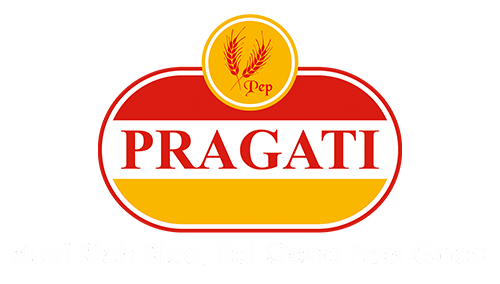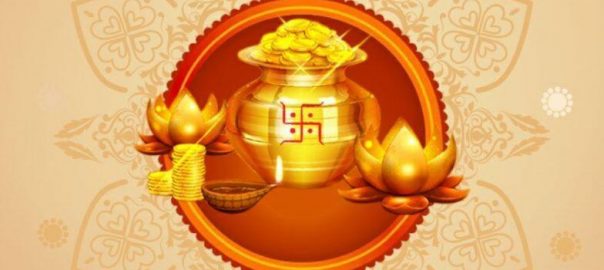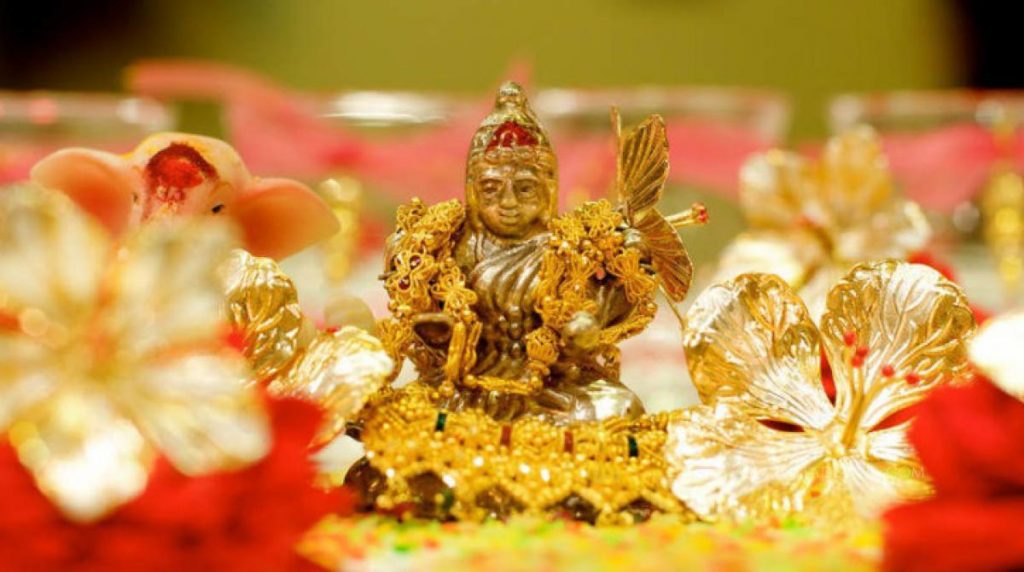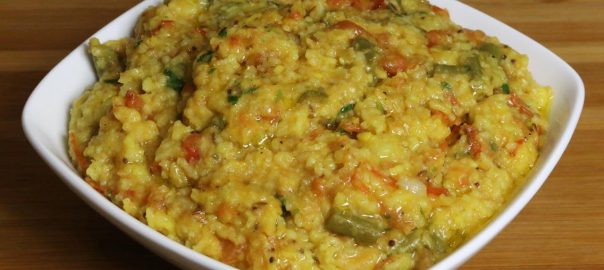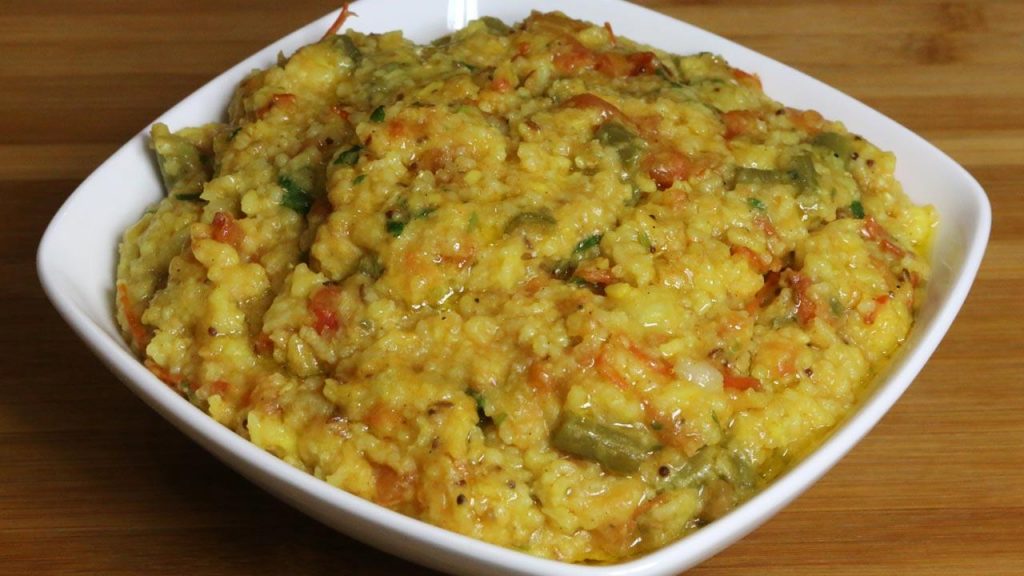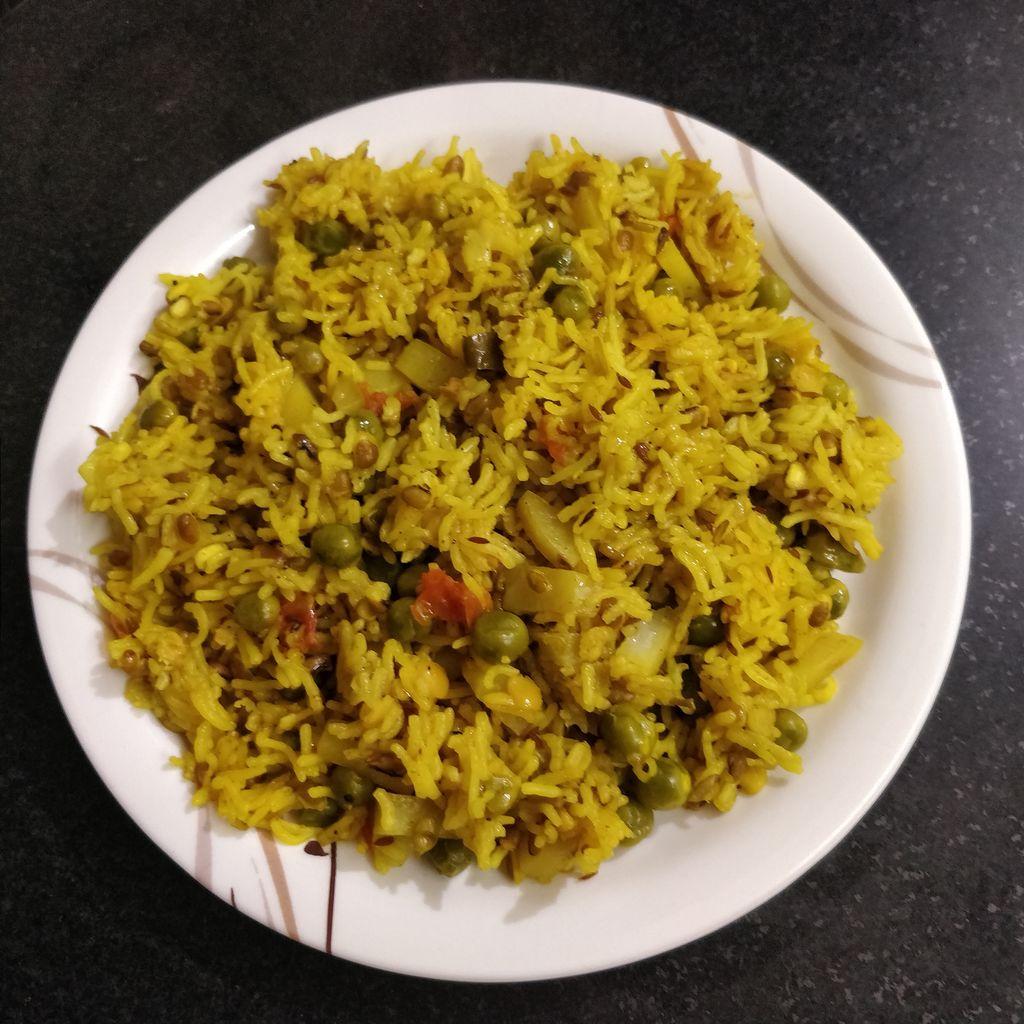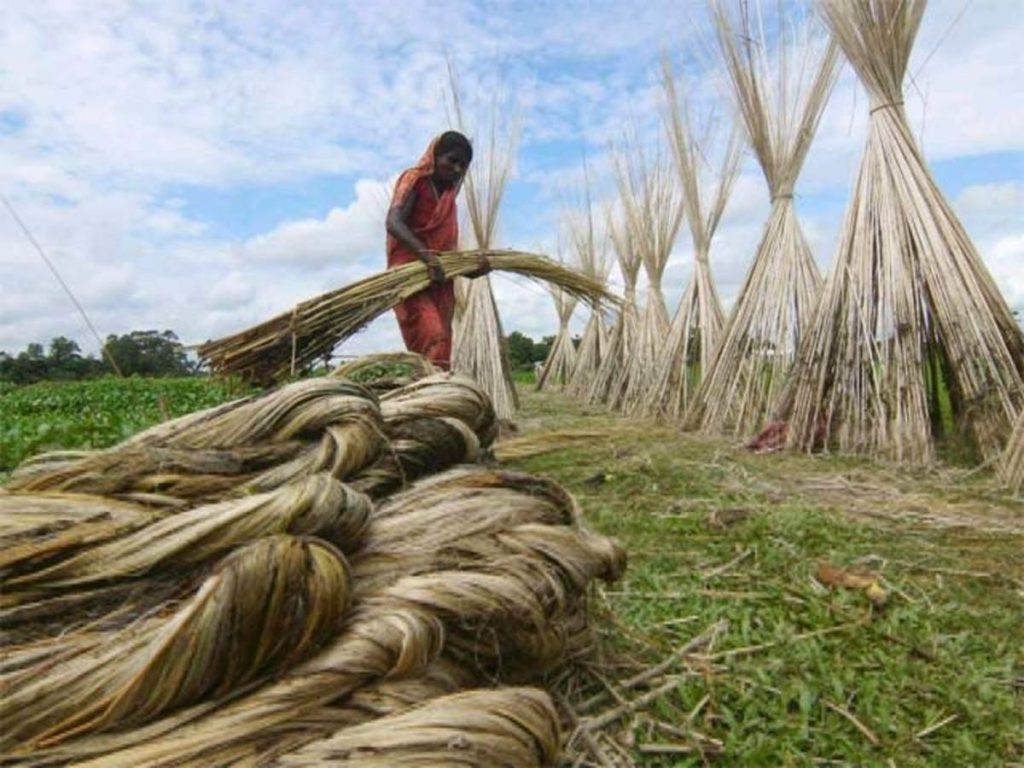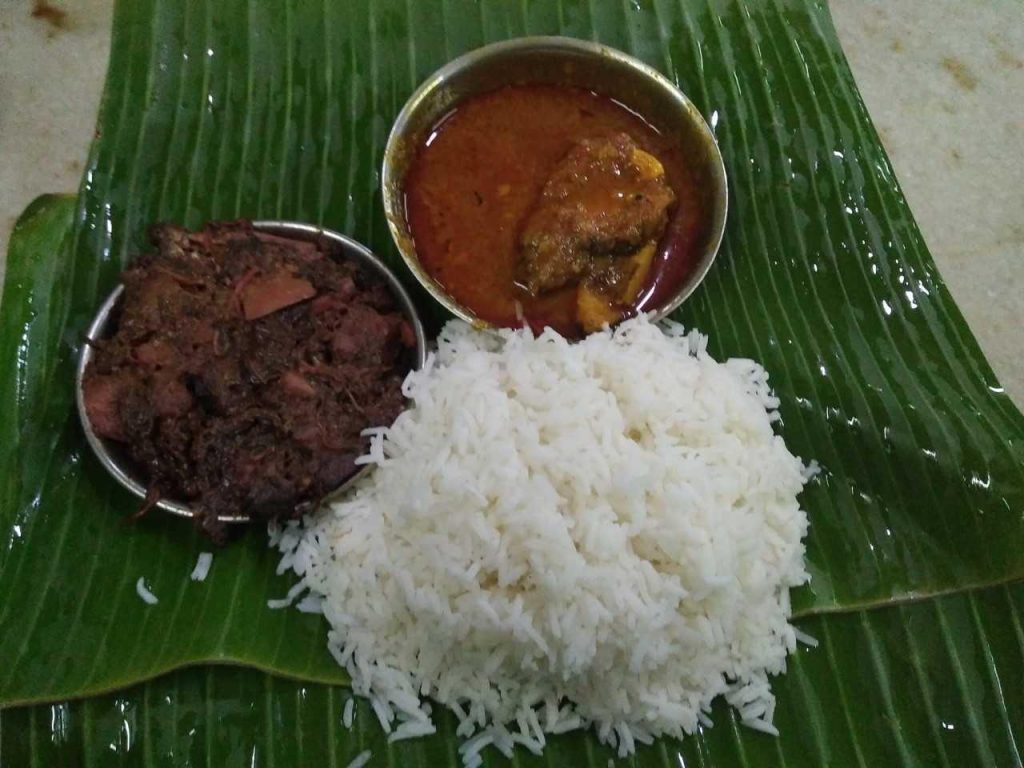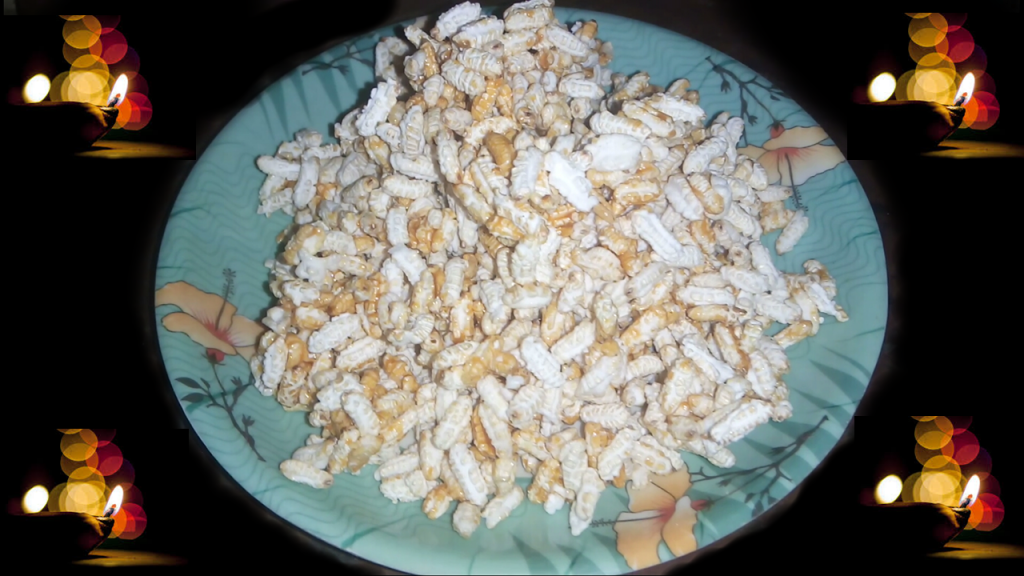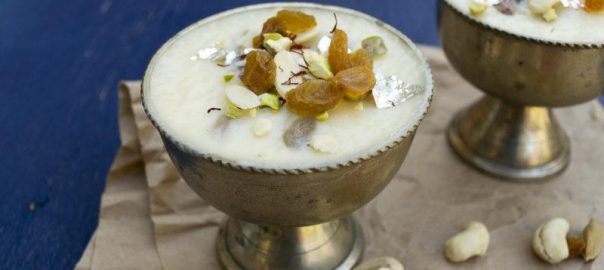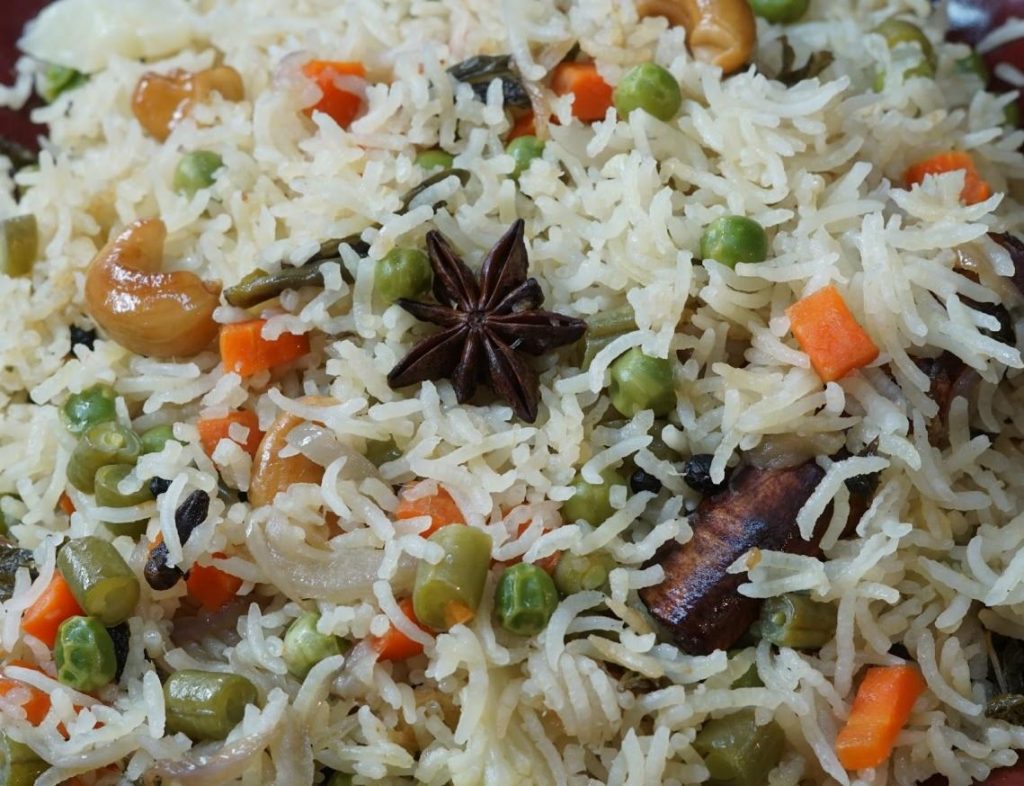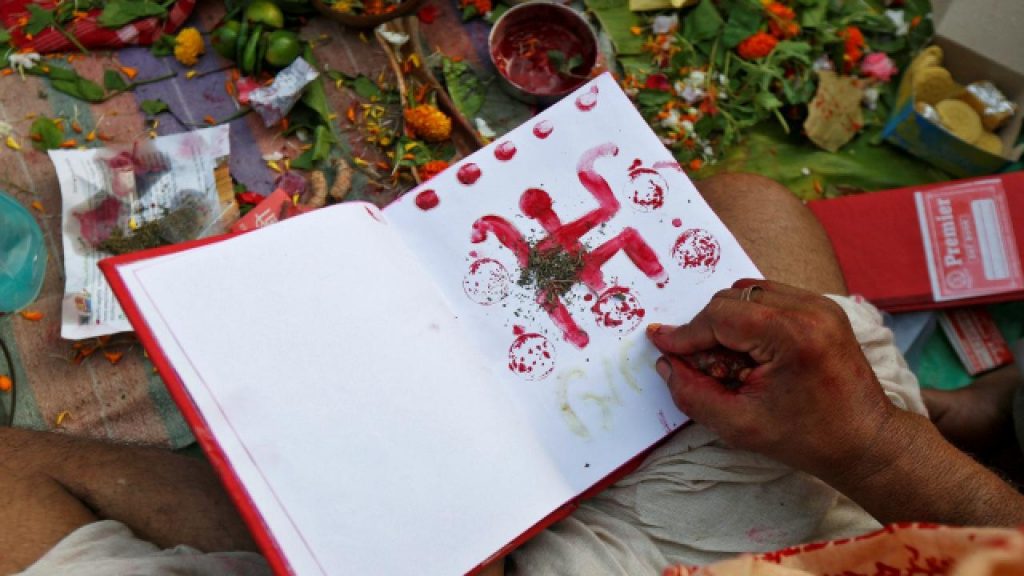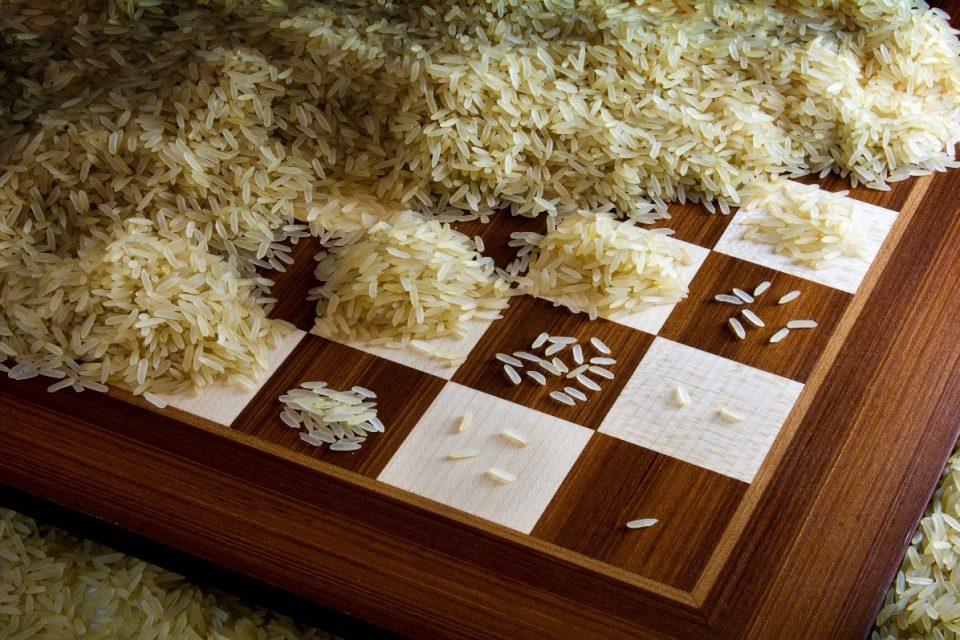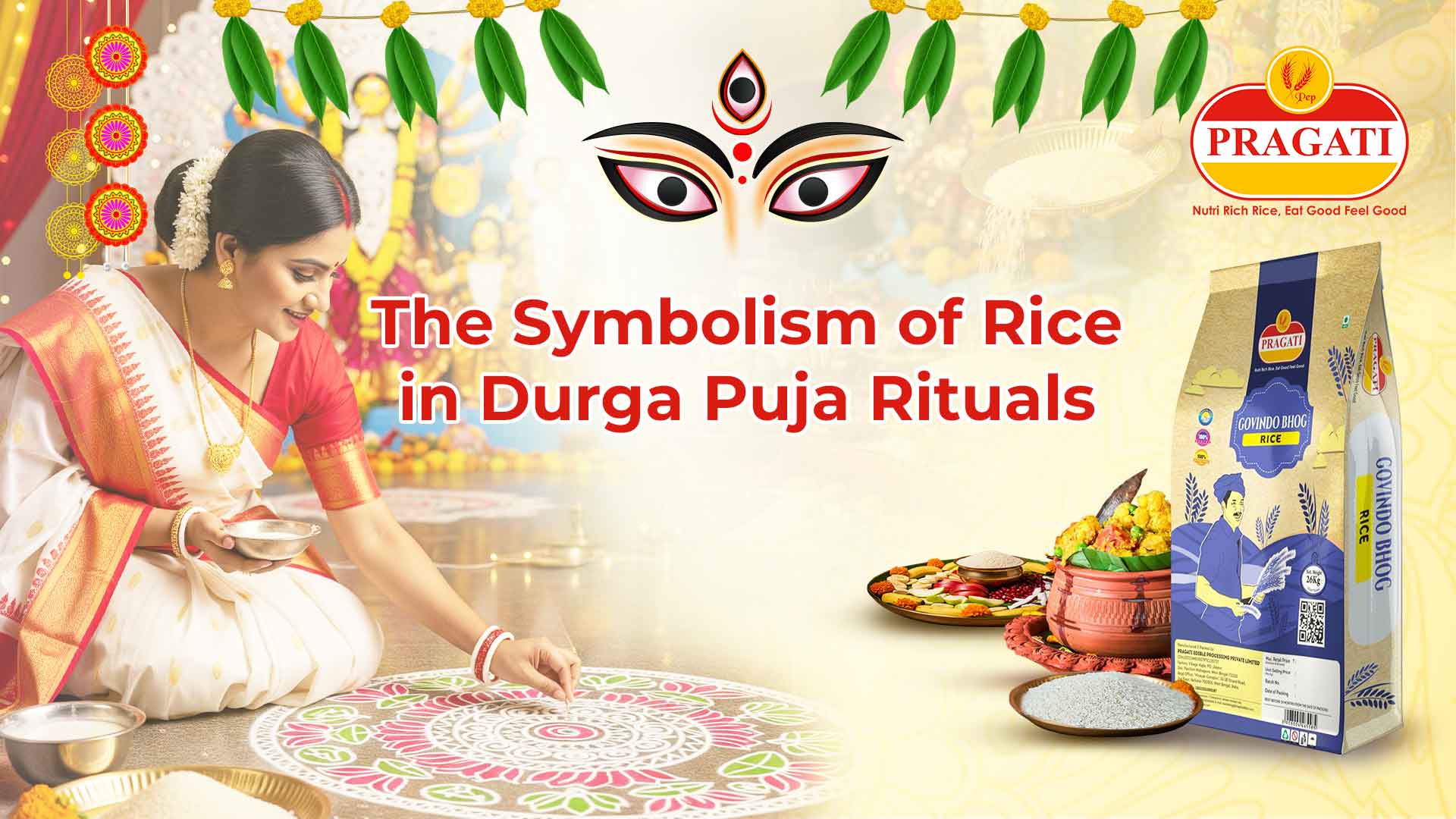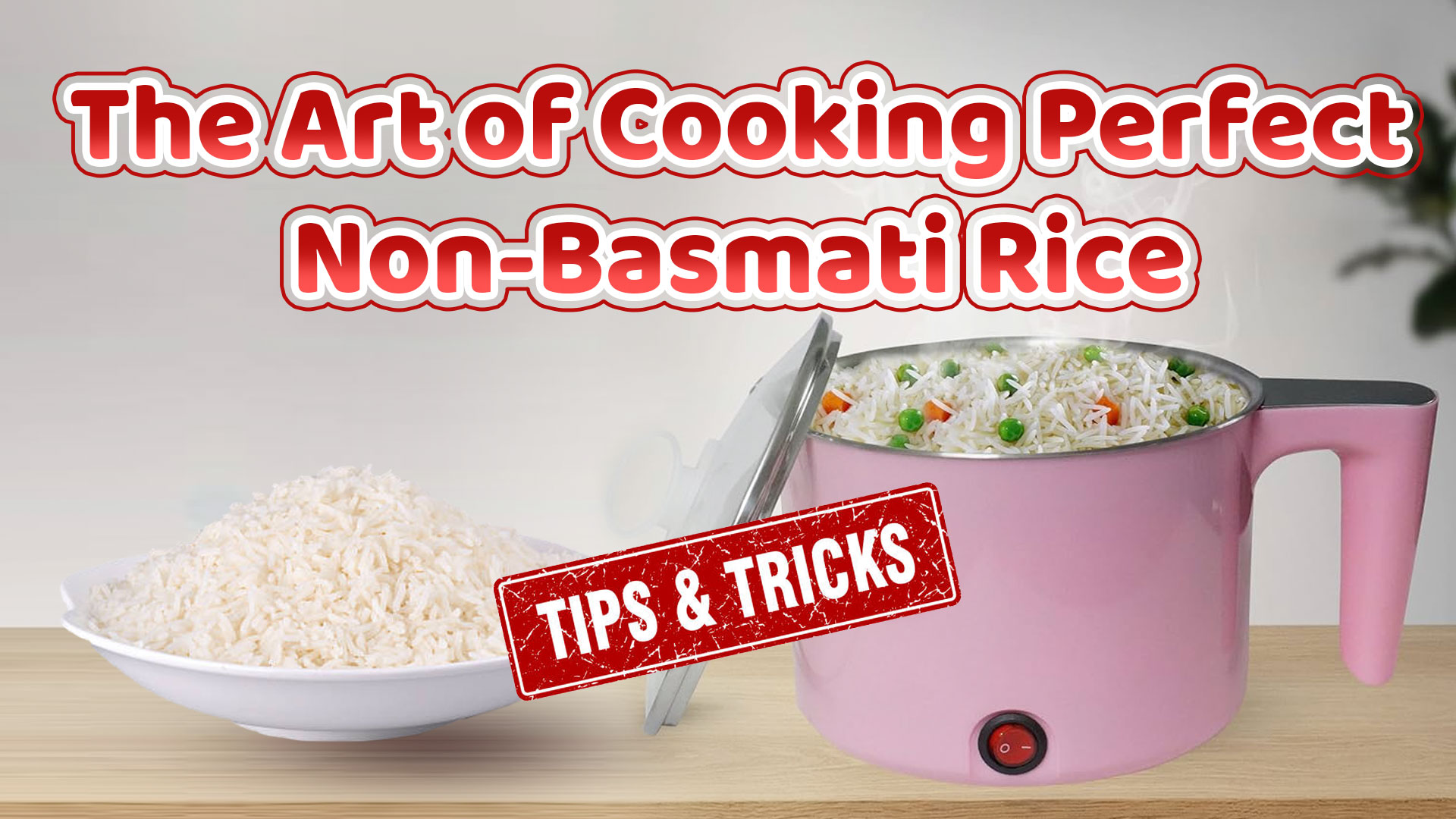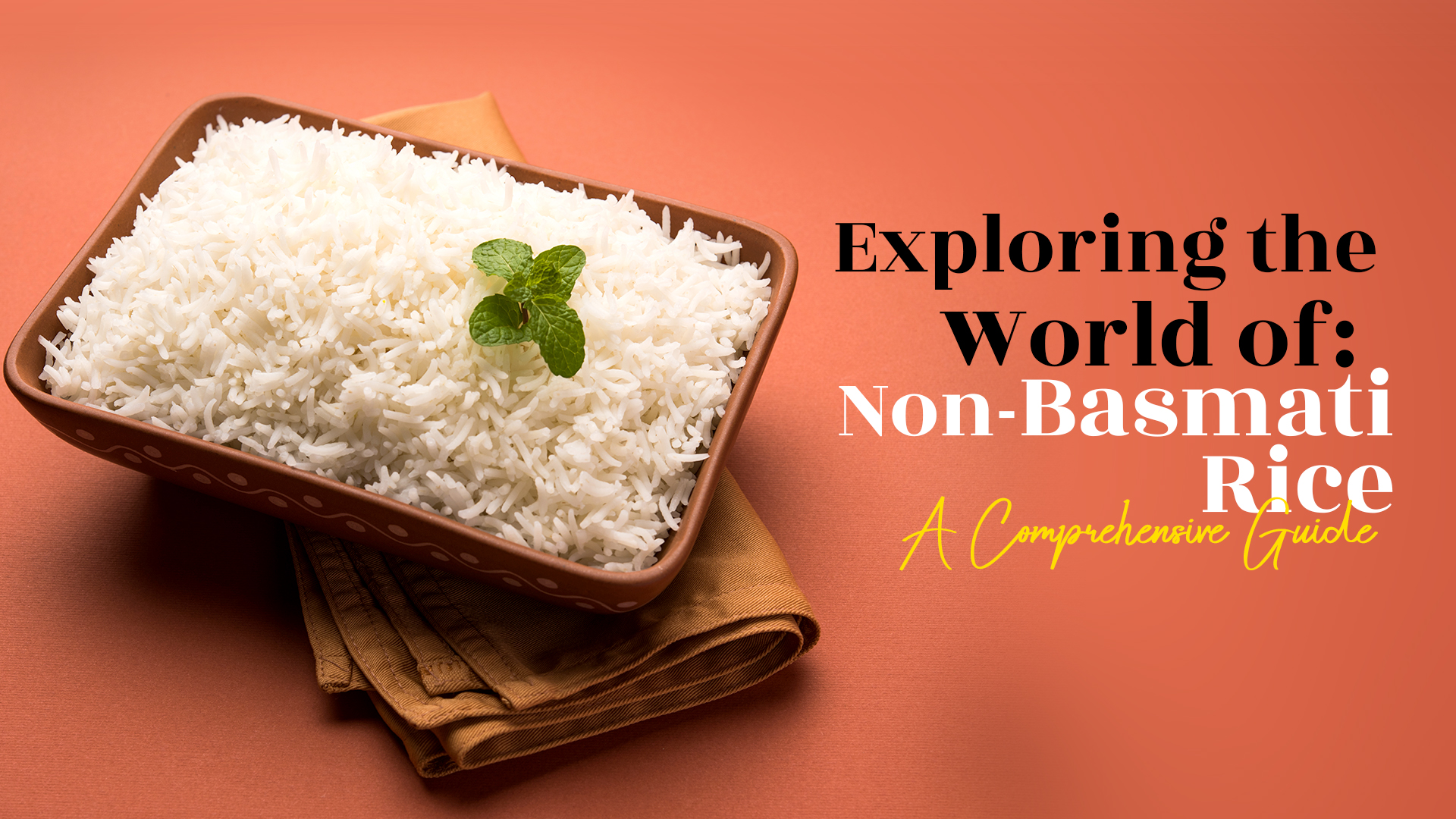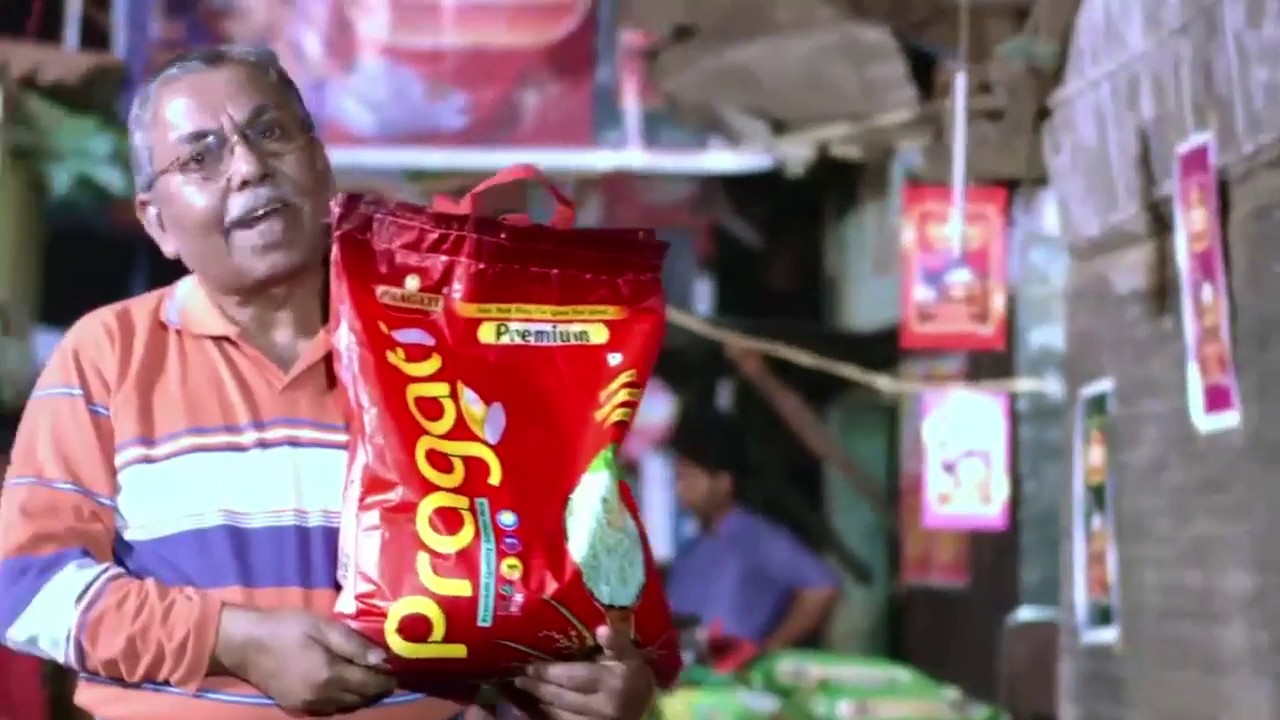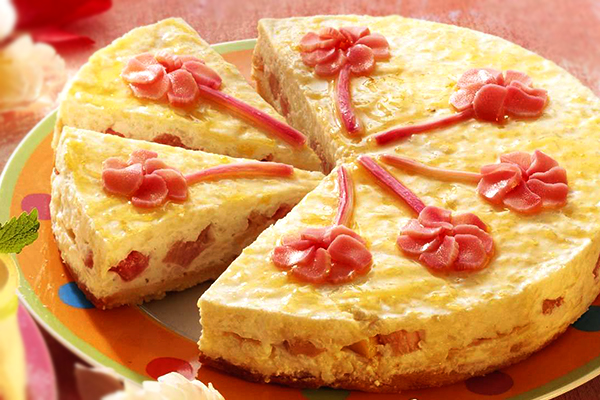
Curd Rice is considered to be one of the best ways to get rid of the typical summer weather because it brings down the body temperature and also cools your tummy after a hot or heavy meal. It is also a perfect end to meals for a lot of people. Though its origins can be traced to South India, curd rice is prepared and consumed throughout the country. It is the best medicine for an upset stomach and is beneficial to the body. The biggest advantage of this preparation is that it is too easy to make!
Health Benefits of Curd Rice:
- It is a rich source of protein and also a good antioxidant and has high contents of calcium.
- Curd Rice is a good source of magnesium and potassium which helps to reduce stomach cramps and pain.
- It helps in digestion and thus is often consumed after a heavy or hot meal. Curd rice works perfectly against bloating and indigestion.
- The probiotics in curd rice helps improve immunity and makes the body capable of fighting diseases even better. It also gives the body much needed energy when ill.
- The probiotic bacteria and good fats found in curd rice can help reduce stress and can lift your mood.
- Curd rice has negligible calories when compared to other preparations. This makes curd rice a good meal to indulge in when you’re attempting to lose weight.
